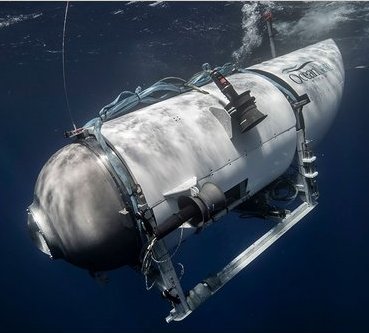Orbex to expand facilities in Scotland and Denmark
The British rocket startup Orbex today announced that it is expanding its factory and office space in its facilities in Scotland and Denmark, the former at its facility it leases at the new spaceport in Sutherland.
The company is adding an extra 1,500 square metres of factory and office space to its existing 4,750 square metre estate in Forres, Scotland and Copenhagen, Denmark. The additional space will increase the company’s launch vehicle production and propulsion system manufacturing capacity and add an extra software laboratory and an avionics clean room space with ISO 8 and ISO 9 sections. The additional capacity in Forres is just 3km from its test site at Kinloss, allowing for quick turnaround between the two sites, as Orbex ramps up its testing in the countdown to launch.
The press release doesn’t give any information about the expansion in Denmark. I wonder if it is occurring as a hedge against the kind of bureaucratic delays in the UK that destroyed Virgin Orbit. Orbex’s Prime rocket is presently under construction in Scotland, with its first launch planned for this year out of Sutherland. Whether it can get a launch permit promptly is doubtful, based on the fifteen months it took Britain’s Civil Aviation Authority (CAA) to approve Virgin Orbit. Orbex applied for the launch license in February 2022 (seventeen months ago) and so far there is no word from CAA about its approval.
Other Scandinavian spaceports are under construction in Sweden and Norway, which suggests establishing facilities in Denmark could strengthen Orbex’s ties to these new spaceports, especially in Sweden as both Sweden and Denmark are members of the European Union. Norway meanwhile as strong trades ties to the EU. Orbex has also signed a deal with Arianespace to launch ESA payloads, and it could be those launches could occur in French Guiana.
It seems wise if Orbex prepares for launch problems in the UK. Today’s announcement could be signalling that preparation.
The British rocket startup Orbex today announced that it is expanding its factory and office space in its facilities in Scotland and Denmark, the former at its facility it leases at the new spaceport in Sutherland.
The company is adding an extra 1,500 square metres of factory and office space to its existing 4,750 square metre estate in Forres, Scotland and Copenhagen, Denmark. The additional space will increase the company’s launch vehicle production and propulsion system manufacturing capacity and add an extra software laboratory and an avionics clean room space with ISO 8 and ISO 9 sections. The additional capacity in Forres is just 3km from its test site at Kinloss, allowing for quick turnaround between the two sites, as Orbex ramps up its testing in the countdown to launch.
The press release doesn’t give any information about the expansion in Denmark. I wonder if it is occurring as a hedge against the kind of bureaucratic delays in the UK that destroyed Virgin Orbit. Orbex’s Prime rocket is presently under construction in Scotland, with its first launch planned for this year out of Sutherland. Whether it can get a launch permit promptly is doubtful, based on the fifteen months it took Britain’s Civil Aviation Authority (CAA) to approve Virgin Orbit. Orbex applied for the launch license in February 2022 (seventeen months ago) and so far there is no word from CAA about its approval.
Other Scandinavian spaceports are under construction in Sweden and Norway, which suggests establishing facilities in Denmark could strengthen Orbex’s ties to these new spaceports, especially in Sweden as both Sweden and Denmark are members of the European Union. Norway meanwhile as strong trades ties to the EU. Orbex has also signed a deal with Arianespace to launch ESA payloads, and it could be those launches could occur in French Guiana.
It seems wise if Orbex prepares for launch problems in the UK. Today’s announcement could be signalling that preparation.


